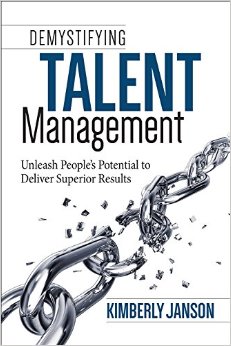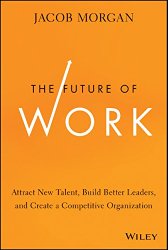Find and share the latest thinking and resources on leadership topics. From quick thought-provoking posts to recommended articles and books, you’ll find a treasure-trove of curated content.
Ask Mariposa | Attire and Career Success
Janelle asks: I’m interested in making a career move within my company. Though our office is business casual, most of my peers dress fairly casually and it doesn’t seem to be an issue. I want to show management I’m serious about the next step up but don’t want to stand out like a sore thumb by dressing up. In today’s business environment, especially in a casual company, how important is attire to career success?
Tawny Lees, COO, responds :
Great question! How you present yourself can be very relevant to being seen as promotable, even in a casual office. In addition to having requisite talent, managers and leaders need to inspire confidence, and this is largely conveyed through presence. Others make judgments based on how you present yourself. Dressing with a certain amount of style in a casual environment says you are serious about your career and projects confidence. Consider the image you want to project. You might start by observing how your leaders dress, as they set the tone for acceptable behavior and attire. Evolve your work-wear by integrating some of those details, such as wearing a blouse or collared shirt instead of a tee shirt or a nice pair of shoes instead of sneakers. You can likely find a way to feel like yourself, while taking it up a notch to project your desired image. Nuance is key – don’t go overboard and be the sore thumb you mentioned! If you are totally baffled, try a personal shopper at any major retailer; they can help you pick out some perfect pieces, and usually at no extra charge.
Good luck!
MORE
